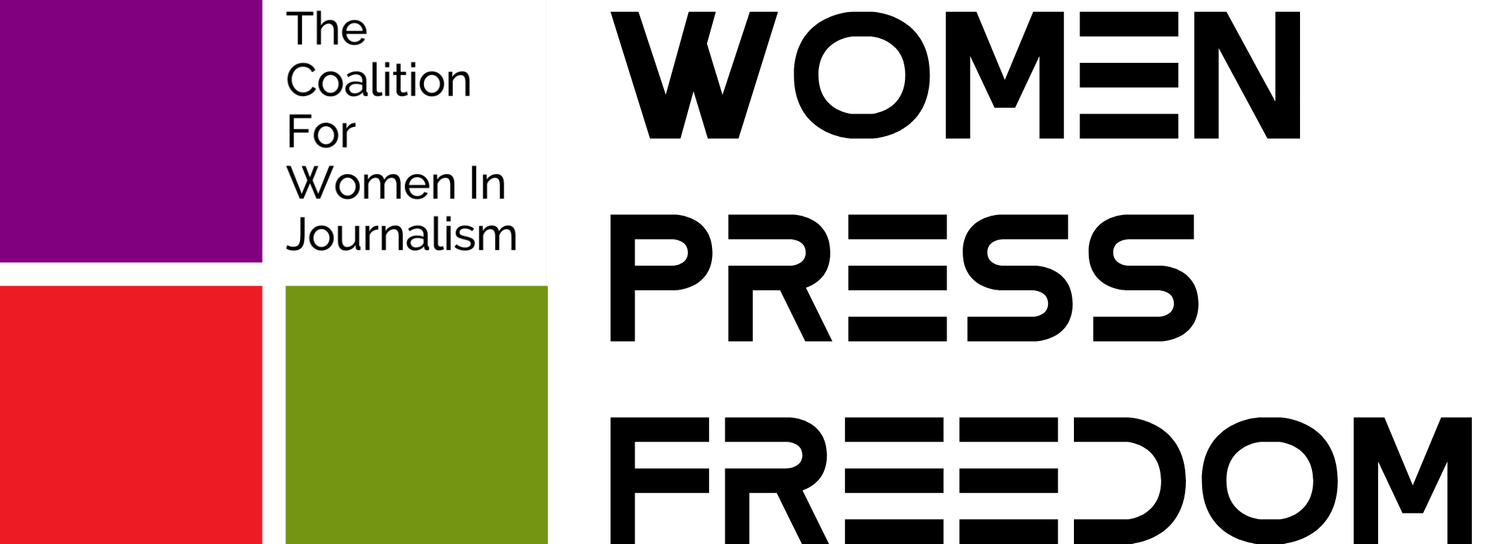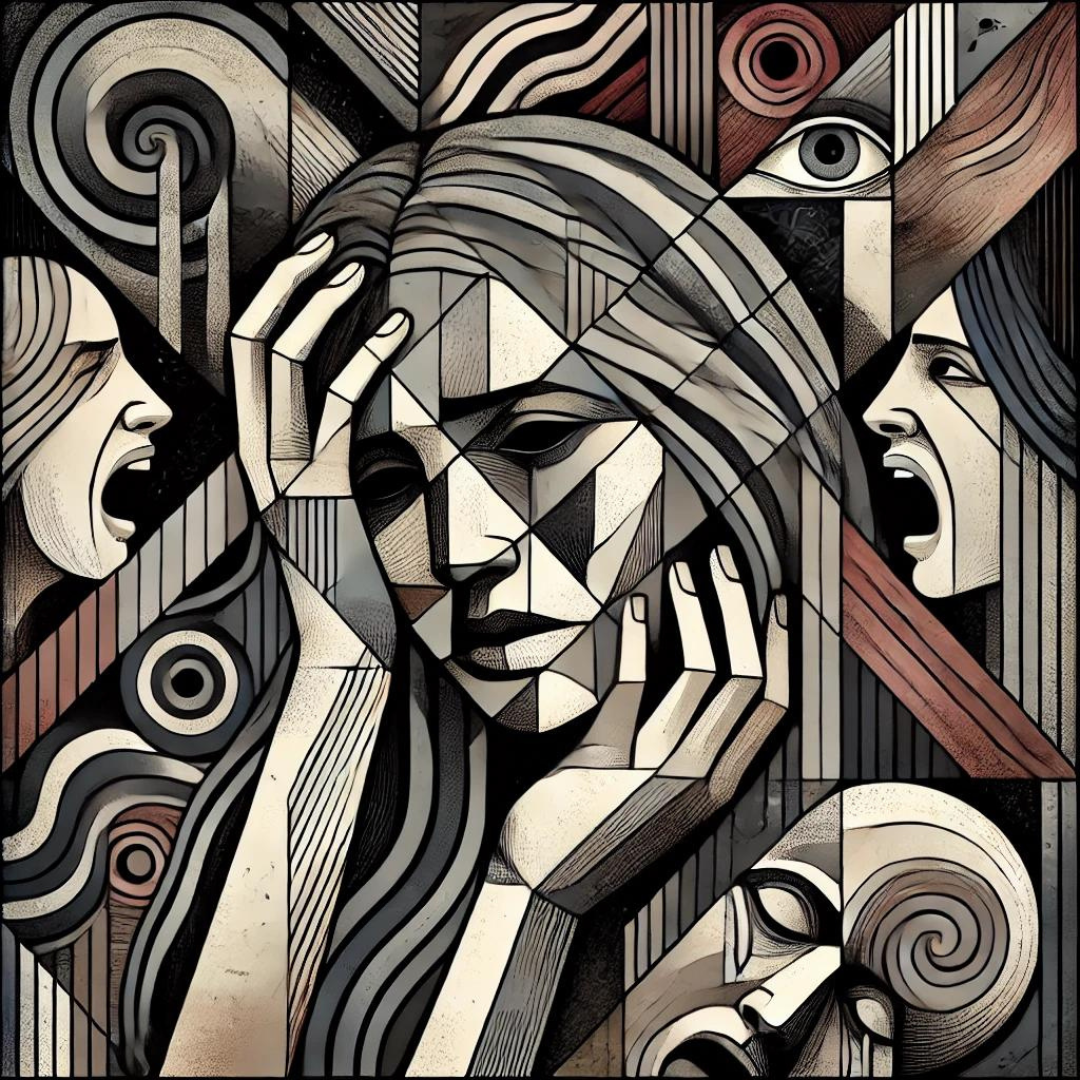From Trolling to Deepfakes: The Online War Against Women Journalists
Over the past five years, Women Press Freedom has continuously documented the severe and persistent online abuse faced by journalists. Women and non-binary journalists are disproportionately targeted by online harassment due to a combination of gender bias, misogyny, and the power dynamics inherent in both traditional and digital spaces.
They often face gendered attacks, including sexual harassment and violent threats, aimed at undermining their credibility and silencing them. For women of color and those from marginalized backgrounds, this harassment is compounded by racial and ethnic biases. Women who challenge societal norms or cover sensitive topics such as politics and human rights are perceived as threats to entrenched power structures, provoking even more hostility.
Online platforms often allow harassers to act anonymously with little to no accountability, amplifying the impact of patriarchal and sexist norms that view women in public spaces negatively. These attacks are not just personal but also professional, with the intent of pushing women out of the media industry and stifling their voices.
Online Harassment
This category includes cases of abuse that are generally triggered by a specific event or report. While vicious, these attacks are usually short-lived, with no organized pile-on. The perpetrators are typically isolated, and the harassment may subside after the event.
Organized Troll Campaigns
Organized troll campaigns are more coordinated and sustained, usually spearheaded by a specific group. These attacks are often politically motivated, and subsequent work or comments by the targeted journalists can reignite the harassment
Deepfakes
Deepfakes refer to manipulated media—typically videos or images—created using artificial intelligence (AI) to make it appear as if someone is saying or doing something they never actually did. These can be used maliciously to discredit, harass, blackmail and spread misinformation.
Threats
Online threats and intimidation, such as death and rape threats, are a significant form of digital violence against women journalists, leveraging the anonymity and reach of the internet to inflict psychological harm and disrupt their work. The continuous exposure to such abuse can isolate journalists, damage their reputations, and even pose real-world safety concerns.
Doxxing
Doxxing, in the context of women journalists being attacked, refers to the malicious act of publicly revealing private, personal information about a journalist without their consent, often with the intent to harm, intimidate, or harass them.
Change in types of online abuse as documented by WPF from 2019 to 2024
Click on the play button to explore
The Pandemic Effect: How COVID-19 Fueled Mass Online Harassment of Women Journalists Around the World
Online harassment peaked in 2020, likely due to the surge in online activity during the pandemic. The harassment of women journalists in 2020 showed a global trend of targeting women for their political views, investigative reporting, and COVID-19 coverage. The harassment was often gendered and racial, with smear tactics being frequently used to intimidate and silence women in the media.
Women Press Freedom documented online harassment targeting women journalists from South Asia (India, Pakistan), the MENA region (Lebanon, Iraq, Algeria), Europe (North Macedonia, Belgium, France), and the Americas (Canada, Brazil). The highest number of cases were in Pakistan (12), India (8) and the United States (7).
Rana Ayyub (India): Journalist faced years of abuse and threats, escalating during the pandemic.
Lauren Pelley (Canada): While covering the pandemic for CBC she was targeted with online harassment. Trolls called her “a fear mongering journalist” who “slept with men” to get the job.
Drop in Online Harassment Cases Post 2020
The significant drop in 2021 (to just 5.1%) could be misleading. This decrease may not reflect an actual reduction in harassment but rather an evolving landscape where several factors come into play.
First, following our detailed monitoring of online harassment of journalists, in 2021 Women Press Freedom added a new category - Organized Troll Campaigns. This new violation differentiates between one-off online harassment cases and more concerted and organized trolling pile-ons orchestrated by different groups. However, due to the addition of this category the number of cases identified as online harassment from 2021 onwards were sorted into the two different categories, leading to a drop in our documented online harassment cases.
Secondly, the normalization of online harassment against women journalists has sadly led many to accept this as part of their experience, leading to fewer reported cases. Additionally, there is a growing reluctance to report such incidents to press freedom organizations for fear that publicizing the issue could incite more abuse. The lack of adequate response from authorities and social media companies has also discouraged targeted journalists from coming forward. Lastly, the migration of journalists to more moderated platforms has played a role, as many have left Twitter and Facebook, where abuse is rampant, in favor of smaller, more controlled environments.
Organized Troll Campaigns
Organized troll campaigns surged in 2021, with 91 reported cases, likely tied to the pandemic. The steep decline in subsequent years may be attributed to many of the same factors affecting online harassment. Normalization of these attacks, along with a reluctance to report them, has become more common, especially as journalists worry that shining a spotlight on the issue will make them even bigger targets. The inadequate responses from platforms and authorities have left many feeling that reporting does not lead to meaningful action, discouraging them from speaking out. The exit of journalists from larger platforms like Twitter and Facebook has also reduced exposure to organized trolling, further contributing to the drop.
To better understand who is responsible for these coordinated attacks on women journalists, we have analyzed data and identified key perpetrator groups. These groups often act in unison, with far-right groups triggering racist groups or other politically motivated campaigns. When identifying perpetrating groups, Women Press Freedom categorized the principle group targeting the journalist in each specific case.
Online groups formed in response to the COVID-19 pandemic, often a mix of far-right and far-left elements. They target journalists reporting on vaccines and COVID-related topics.
Example:
United Kingdom: BBC News journalist Marianna Spring faced extreme online trolling after reporting on COVID-19 conspiracy theories. The abuse, including threats against her family, was highly coordinated, accusing her of spreading propaganda.
These campaigns are led by government actors or state-sponsored trolls, especially in authoritarian contexts. Countries like China, Iran, and Russia are prominent examples.
Example:
Iran: Journalist Masih Alinejad has faced a sustained slander campaign and threats for her activism against the mandatory face veil. State-linked media have painted her as a demon, inviting further harm.
Online groups or bots linked to political parties or figures, targeting journalists critical of them.
Example:
Pakistan: Journalist Gharidah Farooqi frequently faces attacks instigated by officials of the ruling party or their supporters, including death threats and attempts to discredit her work.
Far-left groups target journalists critical of their ideologies or prominent left-wing figures/publications.
Example:
United States: Journalist Sulome Anderson was harassed for over two years by far-left groups after her dispute with left-wing outlet Grayzone. The harassment included mental health-related slurs.
These groups target women journalists specifically due to their gender, often using threats of sexual violence.
Example:
Nigeria: Journalist Kiki Mordi, known for her investigative work on sexual harassment, has been subjected to misogynistic attacks aimed at silencing her.
These groups target journalists of color with racist abuse, often in addition to other forms of harassment.
Example:
Canada: Journalist Saba Eitizaz, co-host of the podcast This Matters, has faced ongoing racial and gendered abuse for years.
Far-right groups target journalists based on their coverage of right-wing figures and sensitive issues such as immigration.
Example:
France: Journalist Nassira El Moaddem faced repeated attacks from far-right groups, including racist online harassment that intensified after far-right media amplified the hate.
Unidentified or private individuals with high profiles can incite trolling against journalists based on their reporting.
Example:
United States: Journalist Mara Hvistendahl was targeted after publishing investigative articles about Oracle’s surveillance software. Oracle's VP, Ken Glueck, publicly shared her contact information, triggering widespread harassment.
Canada: A Case Study
Trolling, Doxxing, and Threats: How Organized Trolls in Canada Silence Women Journalists Through Online Harassment
Women Press Freedom Data 2022
The organized troll campaigns against women journalists in Canada between 2019 and 2023 reflect a disturbing pattern of harassment aimed at silencing voices through coordinated online abuse. These campaigns often include misogynistic, racist, and violent threats, disproportionately targeting women journalists, particularly those of color, and appear to be politically motivated in many instances.
In 2022, Women Press Freedom launched a campaign to end online violence against women journalists in Canada. Alongside 46 leading media organizations, Women Press Freedom signed an open letter to Prime Minister Justin Trudeau, calling for immediate action against the increasing online harassment of women and journalists of color in Canada. The letter highlights the alarming rise in organized online hate campaigns, urging authorities to implement measures similar to those in other countries to protect journalists. With 52% of global online harassment cases in 2022 occurring in Canada, the letter calls for better coordination between media organizations and law enforcement to address these threats effectively.
Patterns
Key Trends
Perpetrators
““The impact of such relentless abuse is not limited to mental and emotional trauma; it also manifests as physical distress””
The perpetrators of these campaigns are often individuals and groups aligned with far-right political ideologies, mobilized through the provocative rhetoric of political leaders like Maxime Bernier. These individuals use social media platforms to amplify their attacks, often anonymously or under pseudonyms. The coordinated nature of the attacks suggests an organized effort to intimidate and silence journalists, especially women, by targeting them with vitriol that goes beyond professional critique into personal harassment and threats.
Deepfakes
Since 2023, Women Press Freedom’s data shows a steep escalation in the use of deepfake technology for harassing and discrediting journalists globally: from 1 in 2022 to 7 in 2023 and 9 in the first half of 2024. These manipulated videos and audio clips, which distort journalists' appearances and voices, are increasingly used in disinformation campaigns, undermining their credibility and professional integrity. The emergence of advanced deepfake technology, coupled with inadequate content moderation by social media platforms, exacerbates the challenge of addressing this issue. Swift and effective action is essential to protect press freedom and the integrity of journalism in the digital age.
Deepfakes pose a significant threat to the credibility and safety of journalists, as they can be used to spread misinformation and discredit legitimate reporting. There is a clear need for improved security and verification measures to combat the misuse of deepfake technology and protect journalists from online harassment and disinformation campaigns.
Women Press Freedom’s data underscores the urgent need for increased vigilance, technological solutions, and policy measures to address the growing problem of deepfake harassment and disinformation.






















